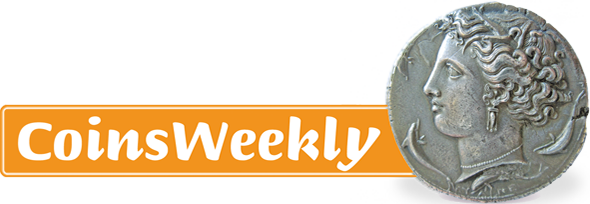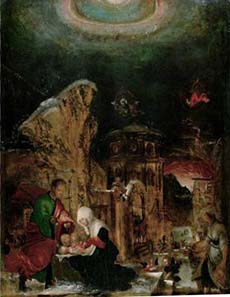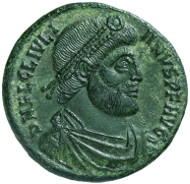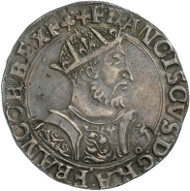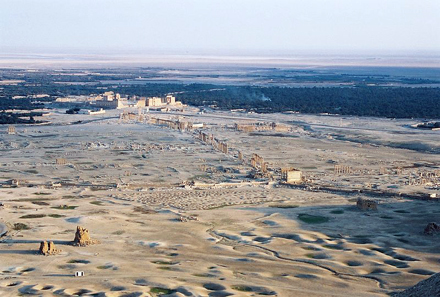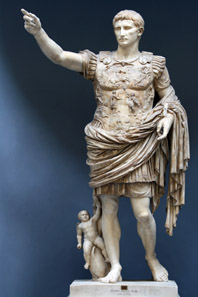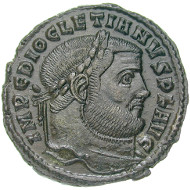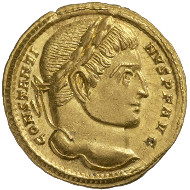Emperor Probus – Numismatic images of his reign
On September 14, 2018, the Philippe Gysen collection of barracks emperors’ antoniniani will be auctioned off at Paul-Francis Jacquier. The collection proves that one single person can advance research if he chooses his collecting field wisely.






